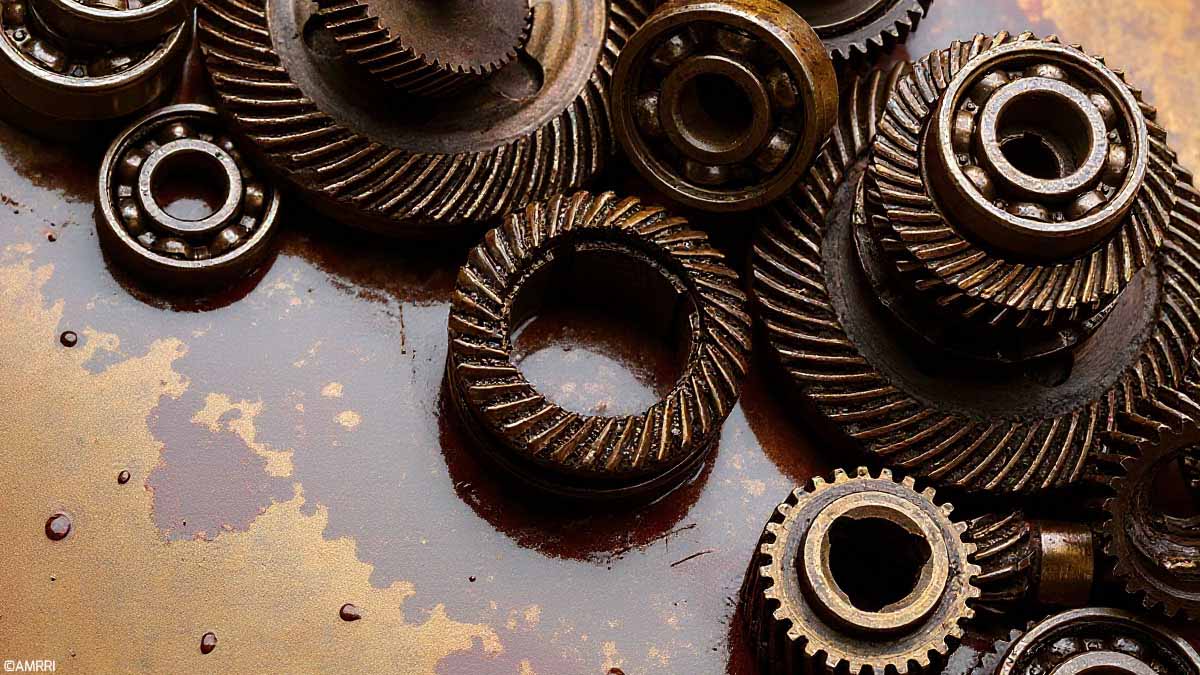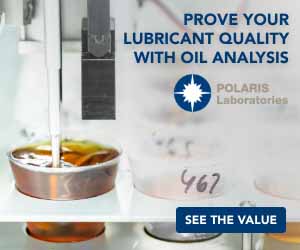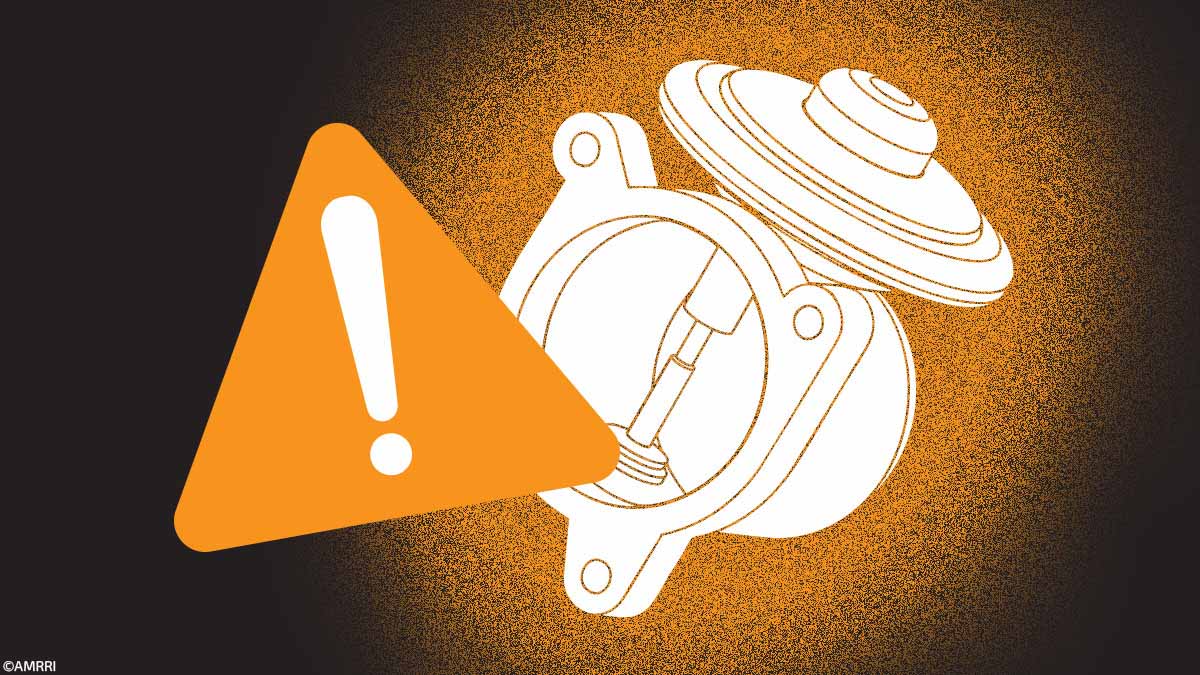Varnish formation is one of the most critical and often overlooked challenges faced by industrial lubrication systems, especially in high-performance applications such as steam turbines, gas turbines, compressors, and precision hydraulic systems. Even when invisible to the naked eye, varnish compromises the reliability, efficiency, and service life of key components in industrial plants.
What is Lubricant Varnish?
Varnish is an insoluble by-product of the thermo-oxidative degradation of oils. Over time, these residues, usually brown to reddish-brown in color, adhere to metal surfaces, forming a thin, hard, and resistant film, similar to the varnish used on wood.
This deposit is composed of hydrocarbon oxidations, degraded additives, carbonized particles, and other byproducts of lubricant decomposition. The formation of this film occurs gradually and almost imperceptibly, making early diagnosis essential.
- Studies published by turbine manufacturers, oil analysis companies, and organizations such as STLE (Society of Tribologists and Lubrication Engineers) indicate that More than 70% of the turbines that experienced recurrent failures had varnish buildup in the lubrication systems. In many cases, the varnish went unnoticed for years, silently accumulating until it interfered with the operation of servo-controlled valves and high-precision bearings.
- Training and accession mechanism Laboratory research has shown that varnish arises from the thermo-oxidative degradation of lubricants, catalyzed by elevated temperatures, the presence of water, oxygen, and metal contaminants. These factors lead to the formation of free radicals and insoluble compounds that, over time, adhere to metal surfaces through electrostatic and chemical forces, particularly in areas with limited oil circulation or stagnation points.
- Studies on behavior under different conditions. Experiments conducted by laboratories such as Chevron and ExxonMobil have shown that oils with different additive packages exhibit varying behaviors in varnish formation. Oils with higher phenolic antioxidant and amino content tend better to resist oxidation and the formation of insoluble byproducts. However, even with high-quality oils, if the rate of by-product generation exceeds the oil’s ability to keep them dissolved, varnish will inevitably form.
Consequences of the Presence of Varnish in Industrial Systems
The presence of varnish compromises not only performance, but also the safety and useful life of the assets. Among the main operational impacts, the following stand out:
- Locking of control valves and servo valves;
- Increased operating temperature in bearings and rotating components;
- Reduction of thermal efficiency by thermal insulation of the system;
- Increased energy consumption;
- Loss of operational reliability and increase in unscheduled downtime;
- Difficulty in maintaining the stability of the hydraulic system.
How to Identify the Presence of Varnish
Early detection depends on a structured analytical approach. Among the main laboratory methods, the following stand out:
ASTM D7843 – MPC (Membrane Patch Colorimetry)
This method measures the propensity of a lubricating oil to form insoluble deposits. By extracting and filtering a sample onto a membrane, filter browning is quantified numerically. MPC values above 30 are considered critical – an early and direct indication of the tendency to varnish formation.
ASTM D2272 – RPVOT (Rotating Pressure Vessel Oxidation Test)
This test evaluates the oil’s resistance to oxidation under accelerated conditions. The longer the time until pressure collapses, the longer the remaining life of the fluid. It is essential to indicate the degradation of antioxidant additives. Helps plan oil replacement before failure.
ASTM D6971 – RULER (Remaining Useful Life Evaluation Routine)
It uses voltammetry to measure the residual concentration of antioxidants in the oil. It provides an accurate analysis of the lubricant’s “chemical lung” by separating the types of antioxidants (phenolics and aminates). Quantitative indication of the chemical health of the lubricant.
ASTM D664 – TAN (Total Acid Number)
The TAN test measures the total acidity of the lubricant. The increase in this index indicates the presence of acidic products resulting from the oxidation of the oil, which are precursors of the formation of varnish and deposits. A continued increase in NHS may signal the need for intervention, even before visible contaminants form.
Other relevant tests include:
- FTIR (Infrared Spectroscopy): Identification of oxidation products, thermal degradation, and presence of polar contaminants;
- Particle Count (ISO 4406): Evaluation of fluid cleanliness and the presence of insoluble particles;
- Karl Fischer: Verification of the presence of free and dissolved water;
- VPR – Varnish Potential Rating: Composite index that combines MPC, FTIR, and operational data to predict the varnish formation trend.
Varnish Prevention and Control Strategies
The most effective approach involves continuous monitoring combined with specific preventive and corrective actions:
- Off-line filtering with absolute elements or nanofiltration, ensuring removal of solid contaminants and varnish precursors;
- Strict humidity control, reducing the water content in the fluid to avoid hydrolytic reactions;
- Use of soluble varnish removal systems, such as ionic dry resin, treated cellulose, or electrostatic purifiers (ECR);
- Selection of lubricants with a high index of resistance to oxidation, preferably with modern antioxidant additives;
- Efficient thermal management, avoiding hotspots and stabilizing operating temperatures;
- Condition-based oil change planning and analysis instead of fixed intervals.
Tip: Implement critical varnish indicators in the reliability plan and integrate them into your predictive monitoring system.
Varnish is more than just waste: it is a marker of advanced lubrication system degradation. To ignore its presence is to accept the risk of serious failures and unexpected operating costs.
The solution? Adopt a predictive and proactive posture, with regular analysis, contaminant control, and use of modern technologies. This ensures performance, reliability, and longevity of industrial assets.









